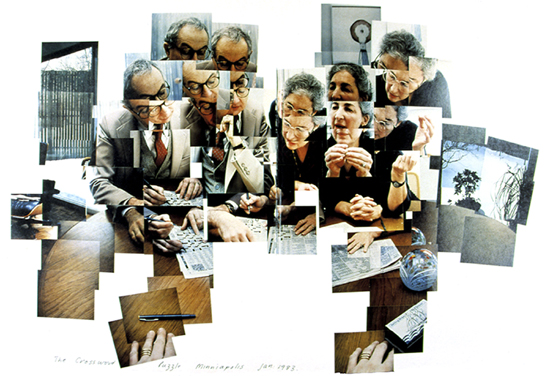Swiss-French architect Le Corbusier, one of the most influential modernist architects, got his life's biggest opportunity in realizing his vision of urban planning and design when the first Prime Minister of India, Jawaharlal Nehru, invited him to build a city from scratch. This city was to be the capital of the Indian part of Punjab that was created as a result of the 1947 partition of India and Pakistan. The city came to be known as Chandigarh, the first planned city of independent India.
Many of the city's buildings are regarded as Le Corbusier's finest works that demonstrate his principles of light, space, and greenery. His architectural designs also incorporated many Indian motifs that inspired him, such as bulls, cooling chimneys, arches of Mughal architecture, etc. In particular, he designed the buildings to be used by the three branches of the new democratically elected state Government - The State Assembly (legislative), The Secretariat (executive), and the State High Court (judiciary), along with a monument, The Open Hand - a symbol of Peace and Reconciliation, and of giving and receiving ideas freely. It today stands in Chandigarh as a reminder of the opportunity that India gave him and the beautiful buildings that he gave to India. Undoubtedly, this entire project was very close to his heart; a few weeks before his death in 1965, Le Corbusier wrote in a letter:
Many of the city's buildings are regarded as Le Corbusier's finest works that demonstrate his principles of light, space, and greenery. His architectural designs also incorporated many Indian motifs that inspired him, such as bulls, cooling chimneys, arches of Mughal architecture, etc. In particular, he designed the buildings to be used by the three branches of the new democratically elected state Government - The State Assembly (legislative), The Secretariat (executive), and the State High Court (judiciary), along with a monument, The Open Hand - a symbol of Peace and Reconciliation, and of giving and receiving ideas freely. It today stands in Chandigarh as a reminder of the opportunity that India gave him and the beautiful buildings that he gave to India. Undoubtedly, this entire project was very close to his heart; a few weeks before his death in 1965, Le Corbusier wrote in a letter:
"This symbol of the Open Hand, open to receive the wealth created, to distribute to the peoples of the world, must be the symbol of our age. Before I find myself one day (a little later on) in the celestial spheres amid the stars of God Almighty. I shall be happy to see at Chandigarh, in front of the Himalayas, which rise up straight upon the horizon, this Open Hand, which marks for père Corbu a deed, a certain distance covered, from you, André Malraux, from you, my associates, from you, my friends. I ask help in realizing this symbol of the Open Hand in the skies of Chandigarh, a city desired by Nehru, Gandhi's disciple."
PM Nehru and Le Corbusier
State Legislative Assembly (1955)
The Secretariat (1953)
The High Court (1956)
For additional details read:
http://architectuul.com/architecture/city-of-chandigarh
http://architecturalmoleskine.blogspot.com/2012/12/chandigarh-and-le-corbusier-ii.html
http://architecturalmoleskine.blogspot.com/2012/12/chandigarh-and-le-corbusier-ii.html





































